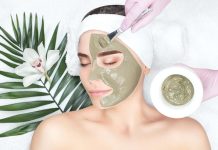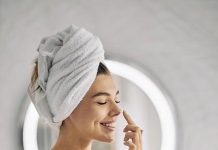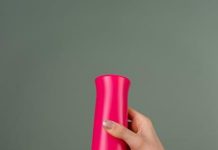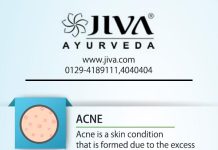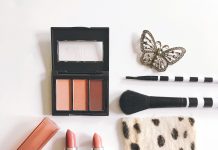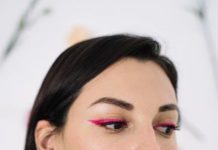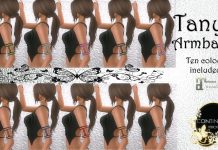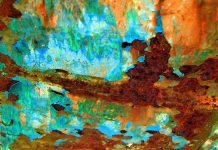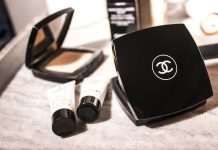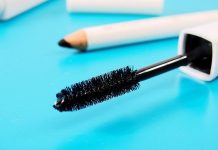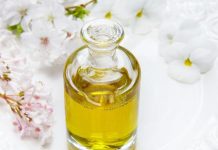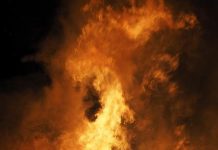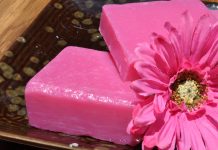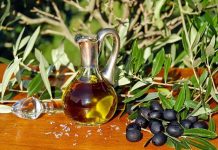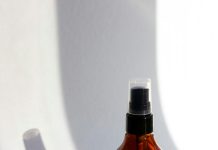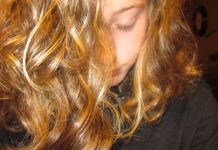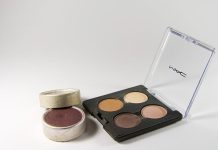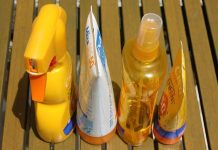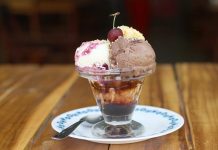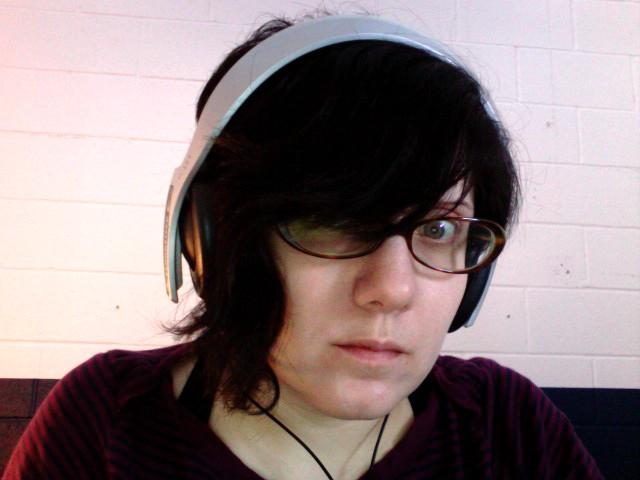In the eternal quest for luscious locks, the debate between air-drying and heat styling has sparked countless discussions. Is the gentle caress of a summer breeze more beneficial than the swift efficiency of a blow dryer? As we unravel the mysteries of hair care, we delve into the science and stories behind these two drying methods. Join us as we explore whether air-drying holds the secret to healthier hair or if the allure of heat tools reigns supreme.
The Science Behind Air-Drying and Hair Health
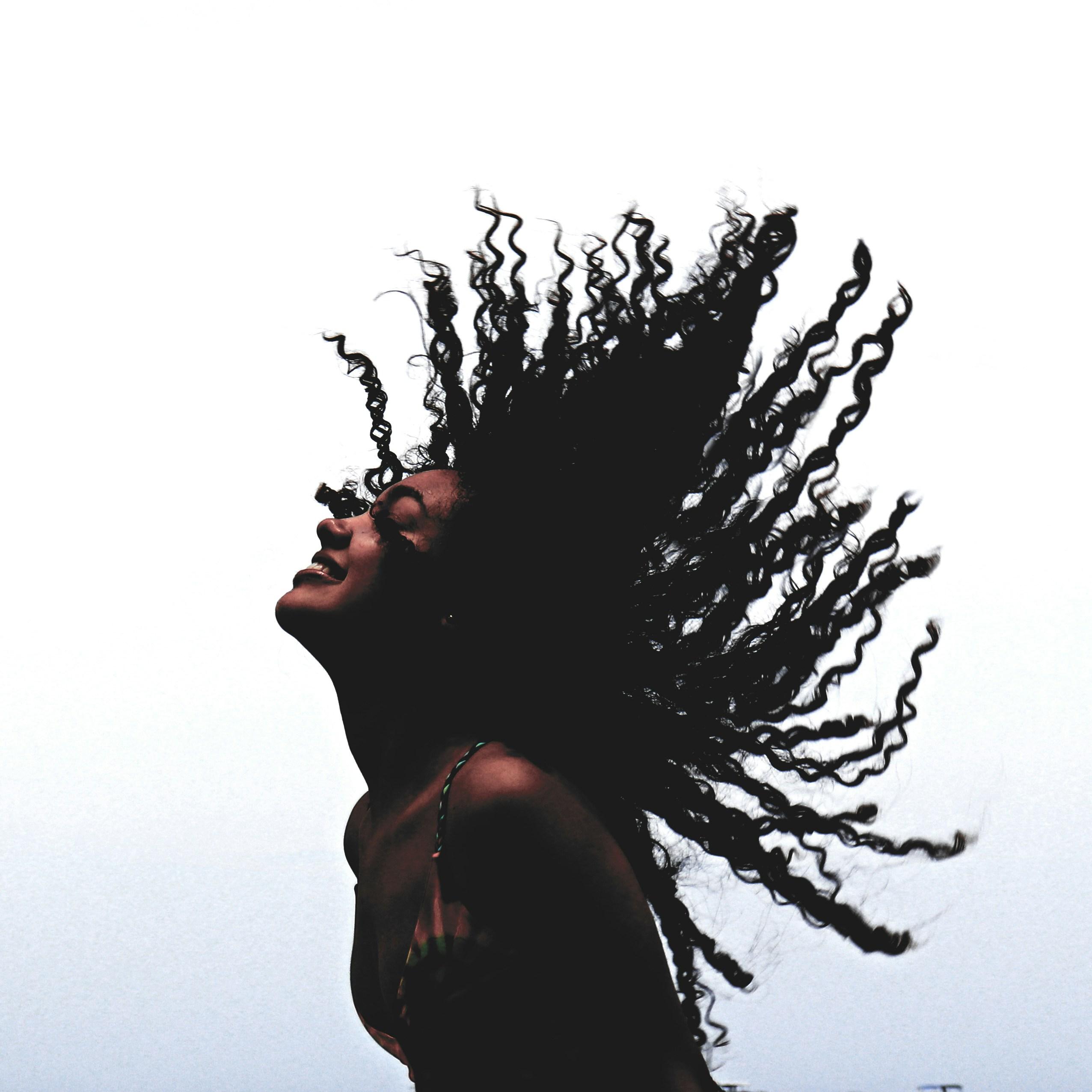
When it comes to maintaining luscious locks, understanding the impact of drying methods is crucial. Air-drying allows hair to retain its natural moisture balance, reducing the risk of dehydration that often accompanies the use of heat tools. Heat styling can cause the cuticle to lift, leading to increased porosity and potential breakage. In contrast, air-drying helps maintain the integrity of the hair shaft, minimizing damage and promoting a healthier appearance.
- Moisture Retention: Air-drying helps hair hold onto its natural oils, keeping it hydrated.
- Reduced Frizz: By avoiding heat, the cuticle remains smoother, reducing frizz.
- Natural Texture: Embrace your hair’s unique texture without the alteration of heat styling.
For those with curly or wavy hair, air-drying can enhance natural curl patterns, offering a more defined and voluminous look. However, it’s essential to use the right products to avoid excessive frizz and ensure even drying. While air-drying is generally gentler, it’s important to consider individual hair type and lifestyle when deciding on the best drying method.
Understanding Heat Damage: What Your Hair Endures
When you apply heat to your hair, it undergoes a transformation at the molecular level. The intense temperatures from tools like flat irons, curling wands, and blow dryers can strip away the natural moisture, leaving your strands dry and brittle. This can lead to a weakened hair structure, resulting in split ends and breakage. The cuticle, which is the outermost layer of the hair, can lift and become rough, reducing its natural shine and smoothness.
Key effects of heat damage include:
- Loss of moisture: Hair becomes dehydrated and more prone to frizz.
- Weakening of the cuticle: Leads to increased porosity and vulnerability.
- Increased breakage: Hair becomes fragile and more susceptible to snapping.
Understanding these effects can help you make informed choices about how often to use heat tools and the importance of incorporating protective measures, such as heat protectant sprays, into your routine.
Choosing the Right Method for Your Hair Type
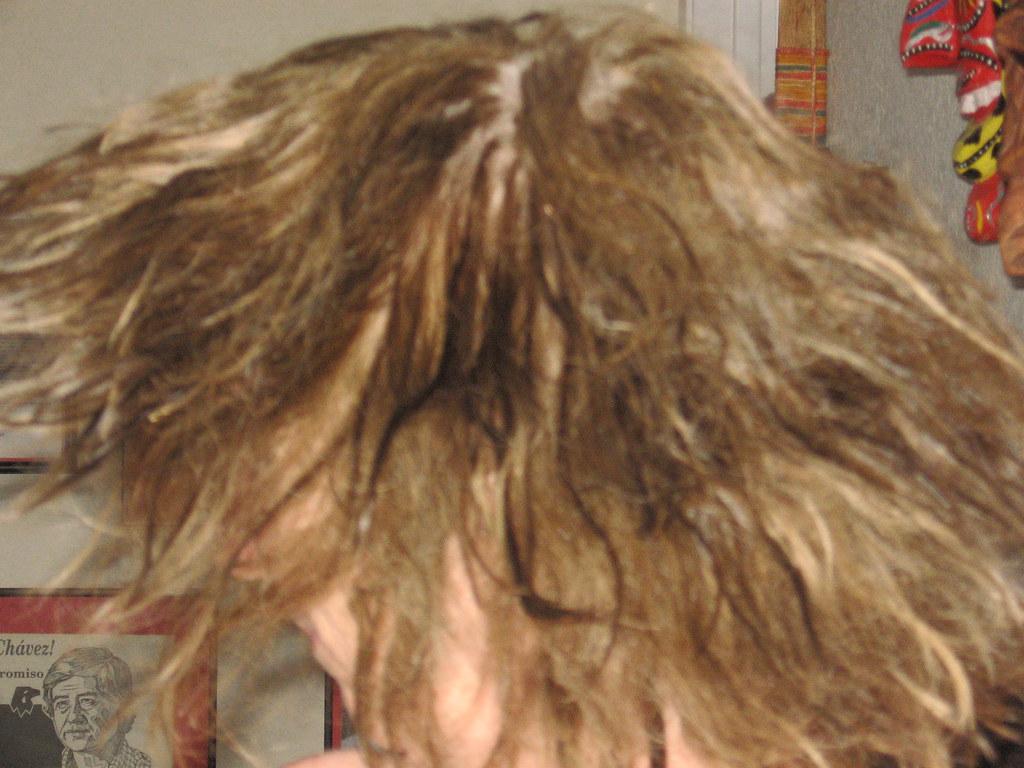
When it comes to caring for your hair, understanding your hair type is crucial in deciding whether to embrace the natural air-drying method or opt for heat tools. Each hair type responds differently to these methods, and choosing the right one can make all the difference in maintaining healthy locks.
- Fine Hair: Air-drying can be a gentle option, as heat tools might lead to breakage. Consider using lightweight styling products to add volume.
- Thick Hair: Air-drying might take a long time, potentially leading to frizz. Using a blow dryer with a diffuser on low heat can help manage this.
- Curly Hair: Air-drying is often preferred to preserve natural curls. Use a microfiber towel to reduce frizz, and apply curl-enhancing creams.
- Wavy Hair: Either method can work, but alternating between air-drying and diffused blow-drying can help maintain wave patterns.
Ultimately, the choice depends on your lifestyle and hair goals. Embrace what works best for your unique hair type, and enjoy the journey to healthier hair.
Expert Tips for Effective Air-Drying Techniques

Air-drying your hair can be a gentle and natural alternative to heat styling, but achieving salon-worthy results requires a bit of know-how. Here are some expert tips to elevate your air-drying game:
- Start with the Right Products: Use a lightweight leave-in conditioner or styling cream to add moisture and control frizz. Opt for products specifically designed for air-drying to enhance your hair’s natural texture.
- Blot, Don’t Rub: After washing, gently blot your hair with a microfiber towel or an old T-shirt. Rubbing can cause breakage and frizz, so handle your locks with care.
- Detangle with Care: Use a wide-tooth comb or your fingers to detangle while your hair is still damp. This helps prevent breakage and keeps your natural waves intact.
- Embrace Your Natural Texture: Scrunch your hair with your hands to encourage curls or waves. For added volume, flip your head upside down and scrunch from the ends to the roots.
- Try Braids or Twists: For a more defined look, consider braiding or twisting sections of your hair while it’s damp. Once dry, unravel for soft waves or curls.
With these strategies, you can enjoy the benefits of air-drying while keeping your hair healthy and stylish.

